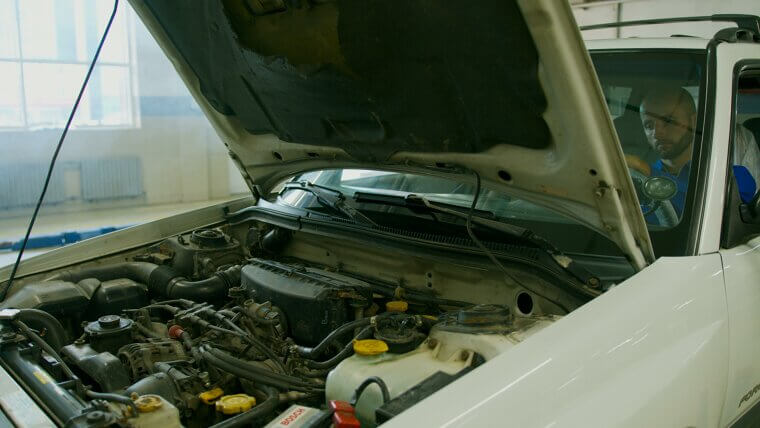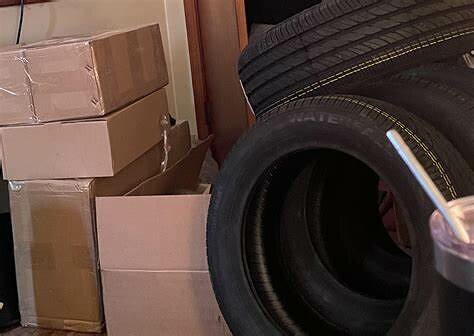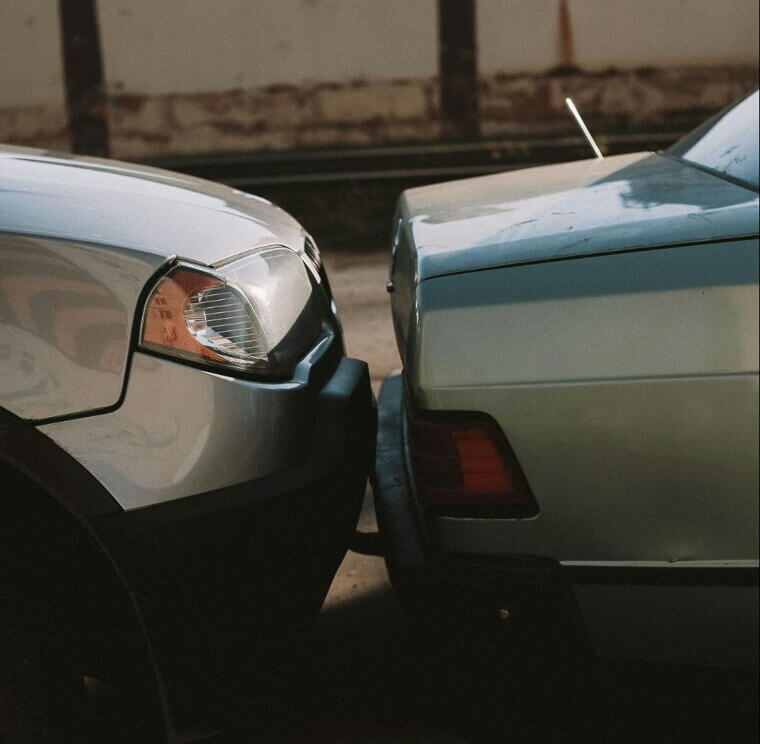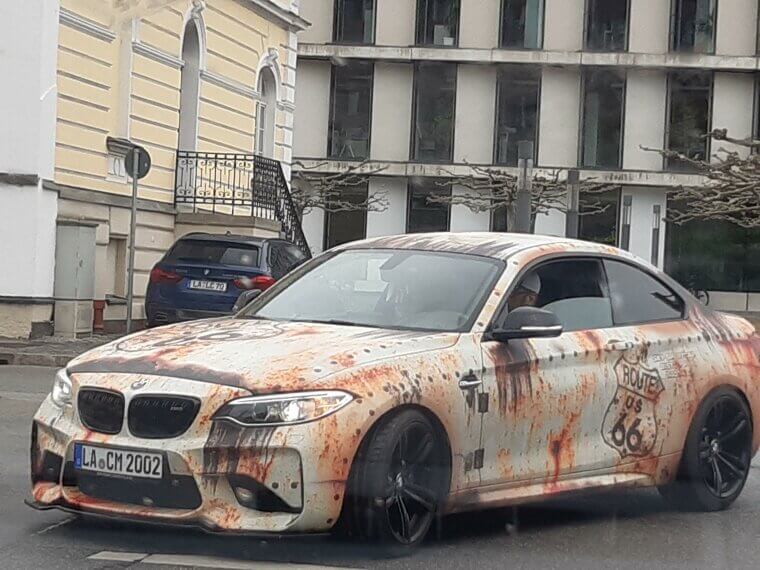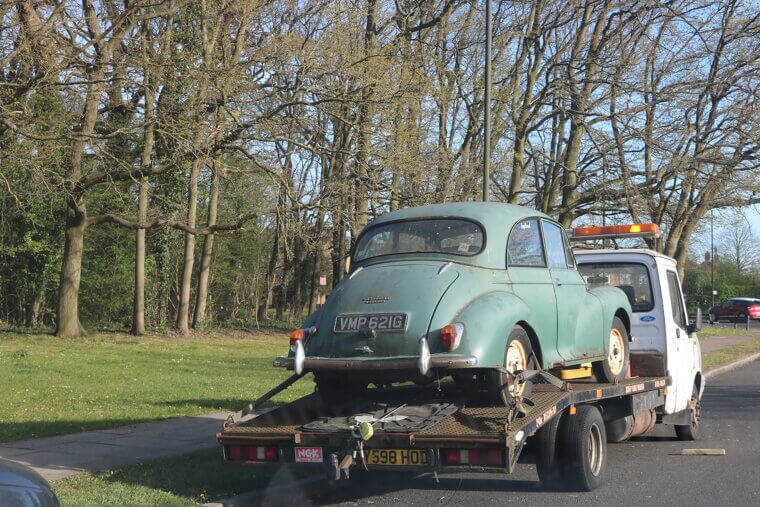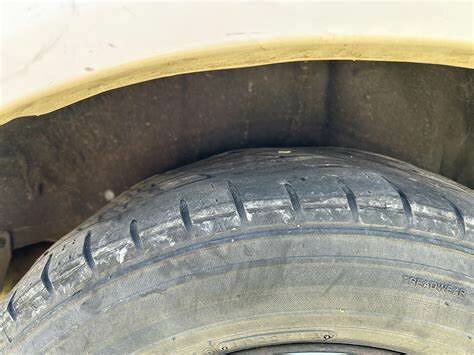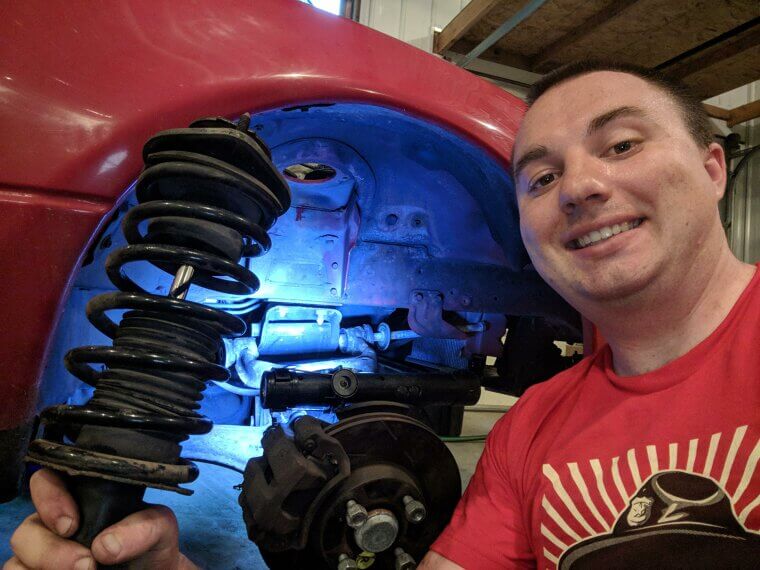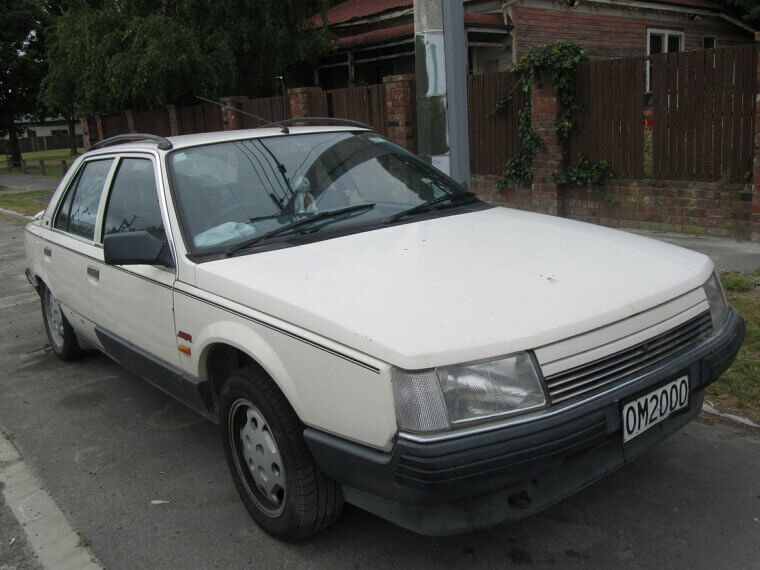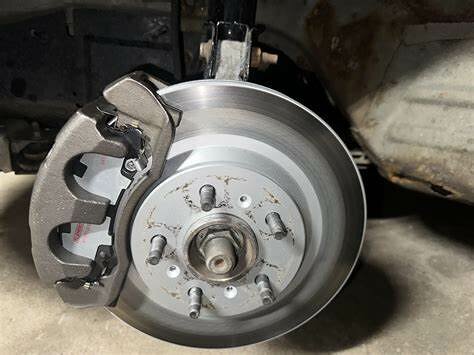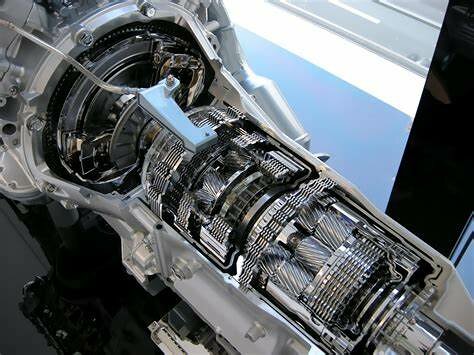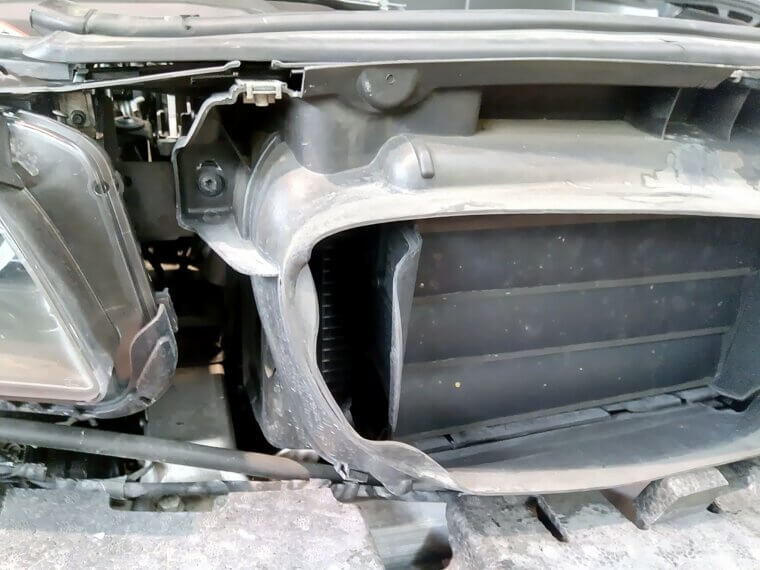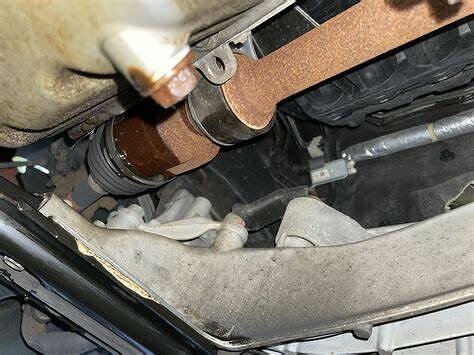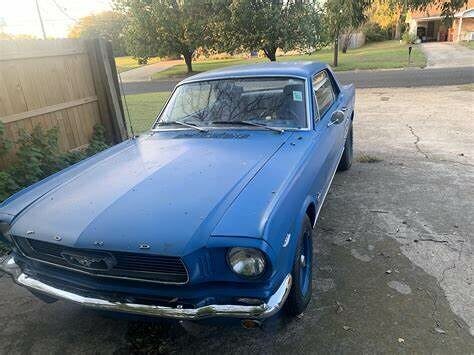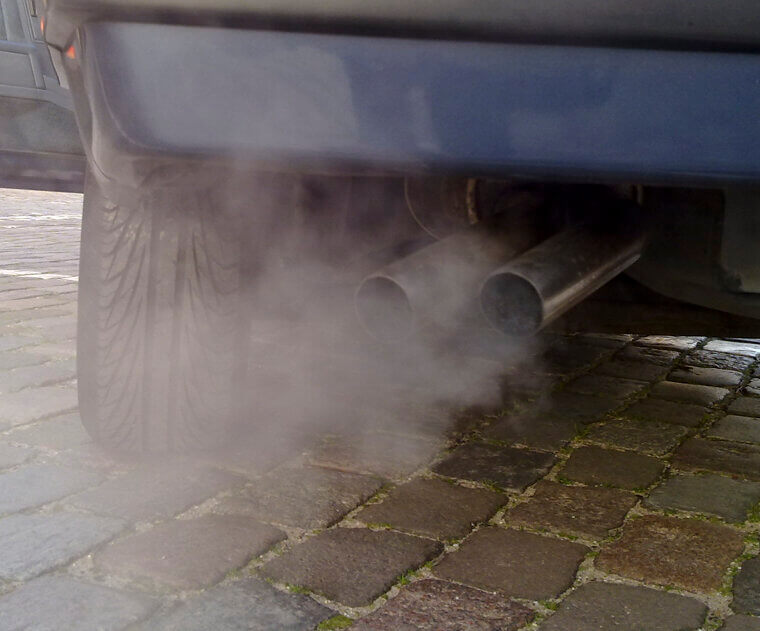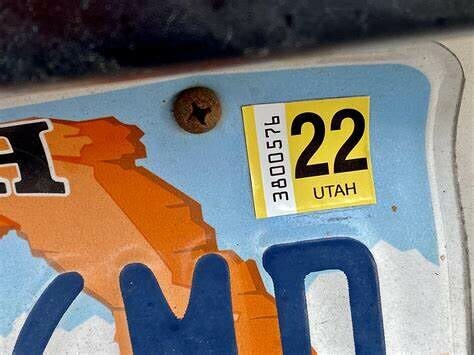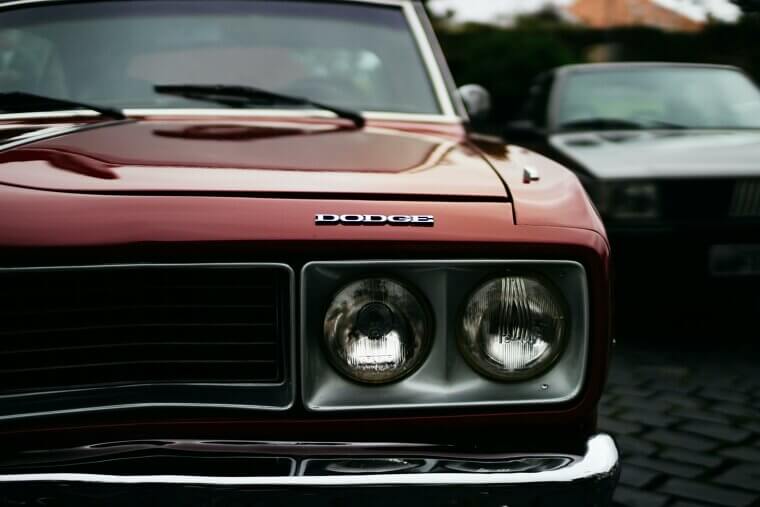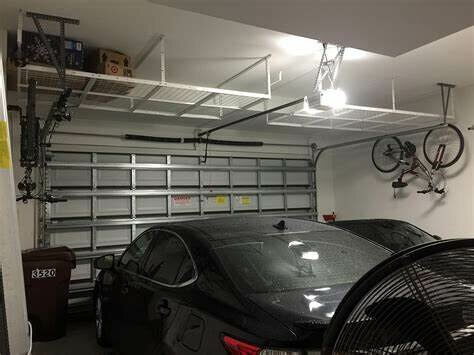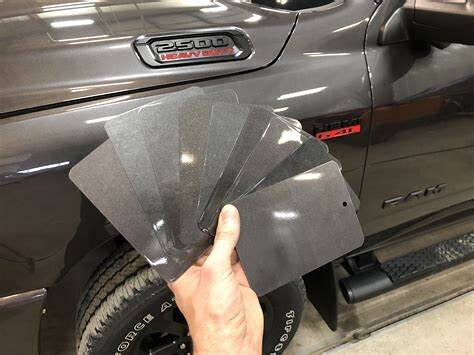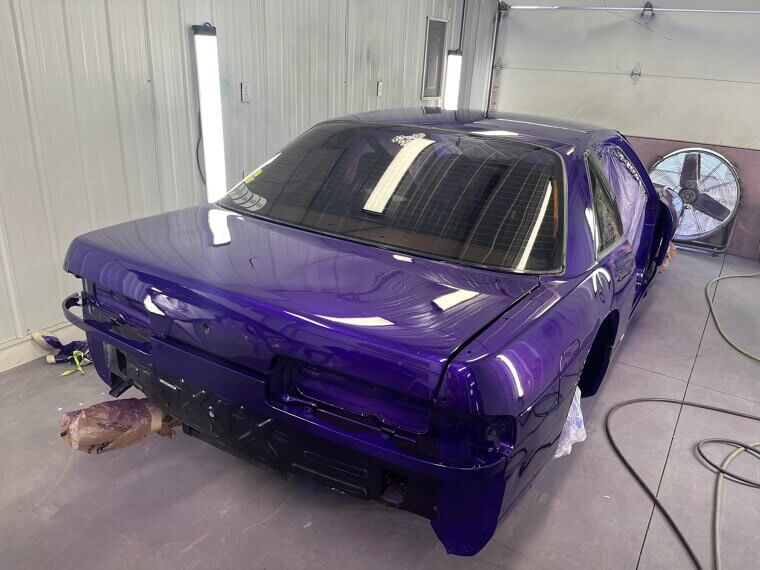The Secret Side of Classic Car Costs
It’s no secret that maintaining any car requires a lot of hard work. However, when it comes to classic vehicles, keeping the car in working order requires even more elbow grease—and money. In fact, most drivers have no idea just how many hidden costs are associated with keeping older vehicles on the road. Let’s take a closer look at exactly what these hidden costs are, shall we?
Frequent Repairs
It goes without saying that older cars generally require more maintenance and repairs. Like all things, cars and the materials that they are made out of deteriorate over time. For this reason, most classic car owners should send their vehicle in for a service or routine check-up at least once a year, which can get pretty pricey.
Scarce Parts
This is something that most drivers won’t even consider. While classic cars may look great, the components are often outdated and, in many cases, aren’t even manufactured anymore. For this reason, if a component of the car needs to be replaced, it can be an incredibly pricey process.
Higher Insurance
Most insurance companies charge more for classic vehicles. This makes sense, as older cars are more prone to breakdowns. However, if you’ve ever owned a classic car, you would know just how ridiculously expensive some insurance quotes can be.
Lower Fuel Efficiency
As people (and automotive brands) have slowly become more and more environmentally conscious, fuel-efficient cars have become the norm. However, back in the day, most cars were pretty heavy on gas, meaning that owners would spend a small fortune on fuel every month.
Rust and Corrosion
This one shouldn’t come as much of a surprise, but classic cars are more prone to rust and corrosion. They are made of metal, of course, which means that, with time, certain components will need to be replaced. This can be incredibly costly, depending on how severe the rust situation is.
Breakdowns
Breakdowns are far more common in older vehicles. This can be problematic for a number of reasons. For starters, they can be costly, especially if you need something repaired or replaced. Secondly, breakdowns can leave you stranded or interrupt your daily routine, leading to additional stress in the long run.
Tyre Wear
The more a car is driven, the more wear and tear there will be on the tires. As a result, classic cars often have some of the most worn-out tires on the road, which can be extremely dangerous.
Suspension Issues
Over time, shocks become worn down, just like any other component of the car. As a result, classic cars usually require more maintenance on their suspension systems. If the car is especially old, it can be rather tricky to find the right components, making these repairs even more costly.
Electrical Problems
Just like all things, wires age and deteriorate with time. As a result, many classic cars experience electrical problems. These repairs can be especially costly, as many auto shops don’t stock the necessary parts. In fact, a lot of the time, electrical systems need to be replaced entirely, which is obviously even more expensive.
Brake System Wear
The brake system of any car needs to be in top condition at all times - for both the driver's safety and those around them. As you would expect, however, aging brake systems often need to be repaired or replaced, which can be extremely expensive.
Transmission Repair
Gearboxes are always expensive to repair or replace. With classic cars, however, you can expect to pay almost double what you would for a regular, modern vehicle. This alone will make you wonder if it's worth hanging on to a classic.
Cooling System Failures
Radiators and hoses deteriorate over time, necessitating their replacement in classic cars. Like most older components, it can be tricky to find the right match for cars built before a certain decade. This makes the process expensive, timely, and stressful.
Oil Leaks
Over time, the gaskets and seals on classic cars start to wear out, leading to oil and water leaks. This is relatively easy to fix, but finding the right components can be tricky. A lot of the time, autoshop companies have to outsource materials, which is especially pricey.
Safety Concerns
Back in the day, safety features weren’t exactly at the top of the list of priorities when it came to designing cars. For this reason, certain classic cars don’t even meet the current road standards. As a result, owners often have to pay for the newer safety features to be added in order to make their classic cars roadworthy.
Emission Compliance
We already know that public focus has shifted significantly towards environmentally conscious vehicles. However, as many classic vehicles are heavy on fuel and emissions, owners often have to modify their cars in order to meet the current emission requirements.
Registration Costs
This may come as a surprise, but certain regions charge owners of classic vehicles additional registration costs to drive on public roads. This is intended to discourage older, less environmentally friendly cars from being on those roads.
Resale Value Decline
While certain classic vehicles will remain popular forever, other models decline significantly in value over time. As a result, owners often lose money by purchasing cars that were once popular but no longer align with current automotive trends.
Storage Needs
When it comes to classic cars, proper storage is of the utmost importance. This will prevent further deterioration, especially if the car is over 40 years old. However, renting additional storage space can be extremely pricey.
Paint and Upholstery Wear
Over time, the paint and upholstery of a car begin to wear down, resulting in a faded interior that significantly reduces the vehicle's overall value. Repairs can be extremely pricey, especially if the interior is unique to an older time period.
Time Investment
One of the biggest hidden costs of a classic vehicle is time investment. Few people actually know how much work it takes to properly care for an older vehicle and keep it in working order.


